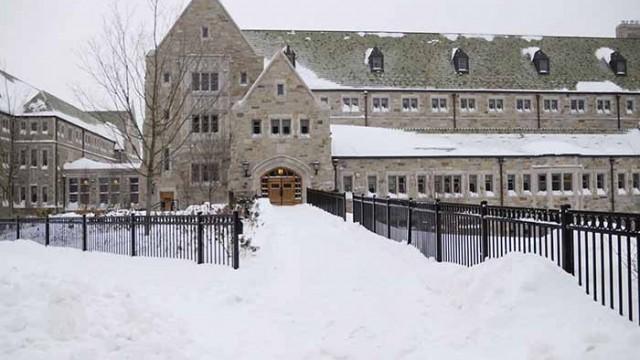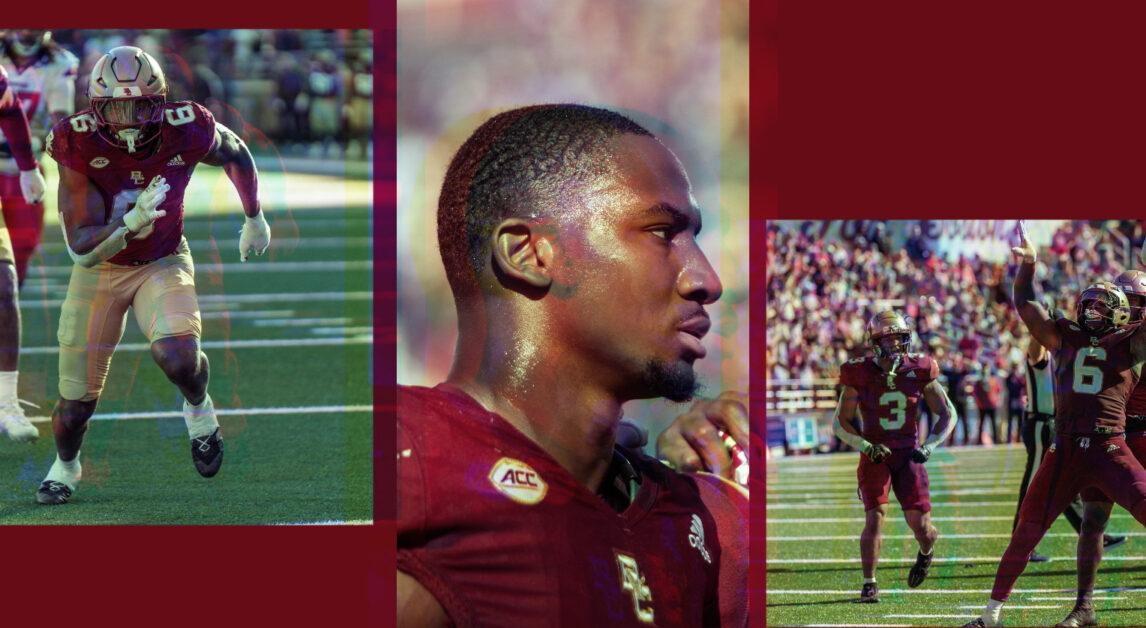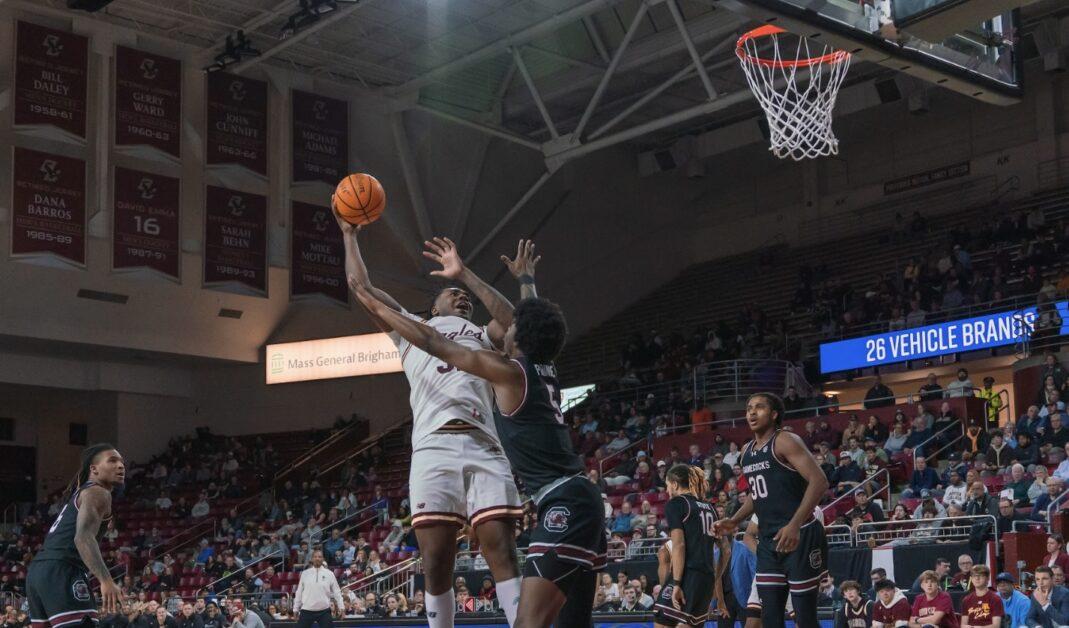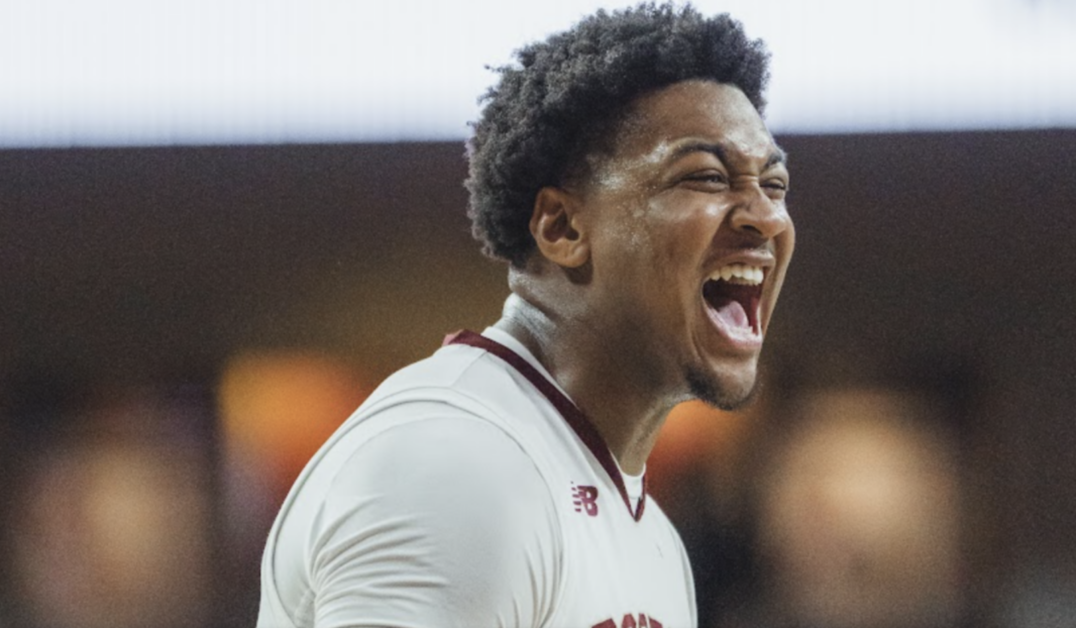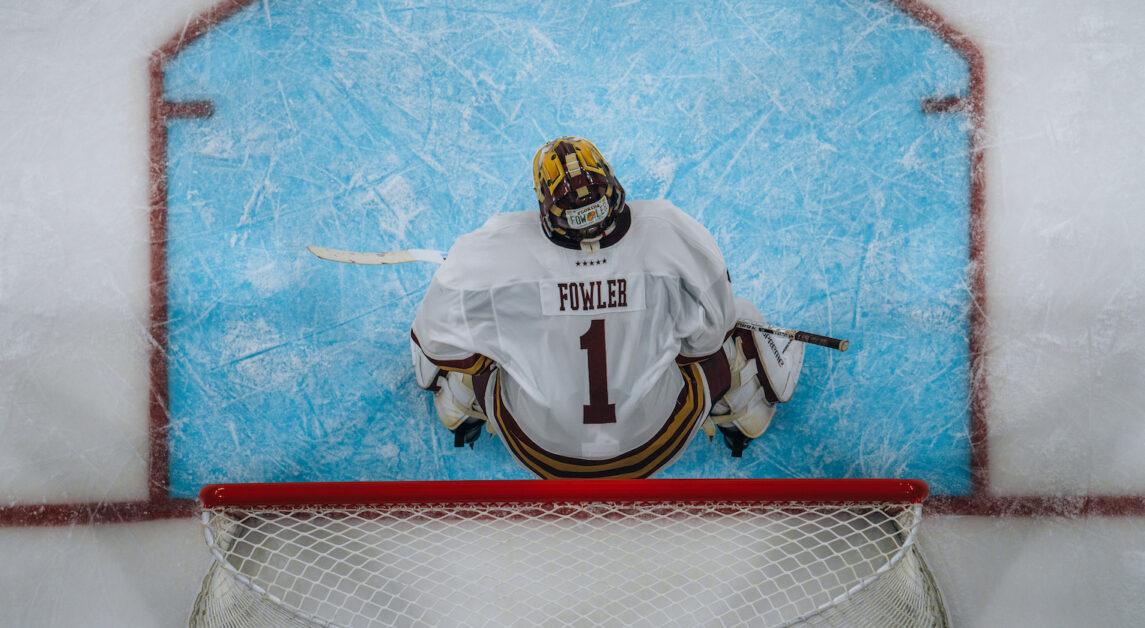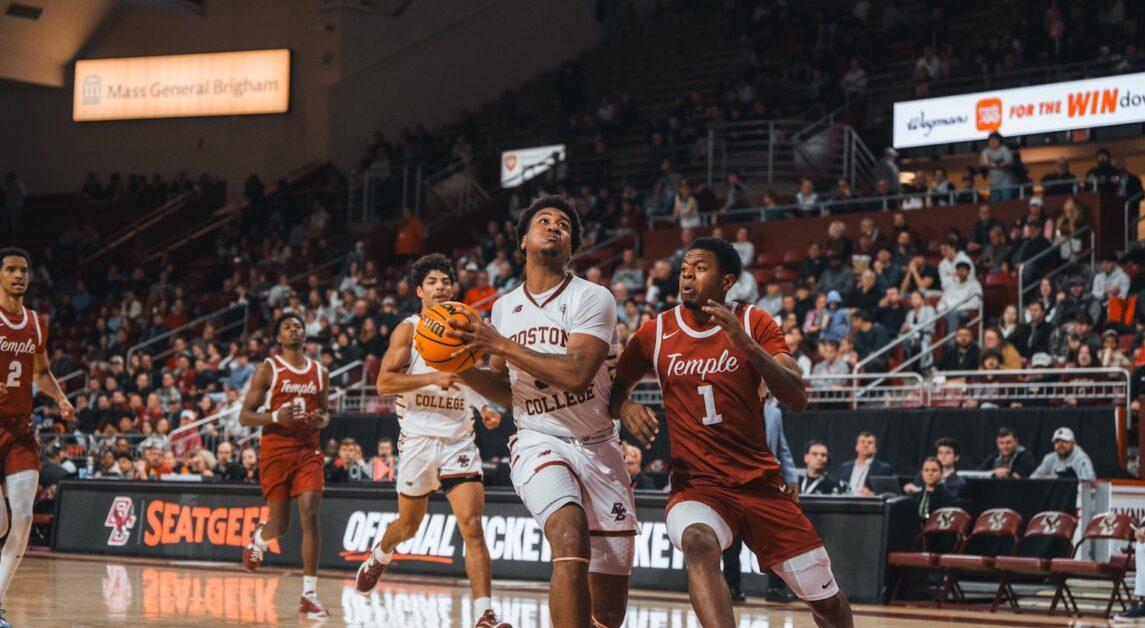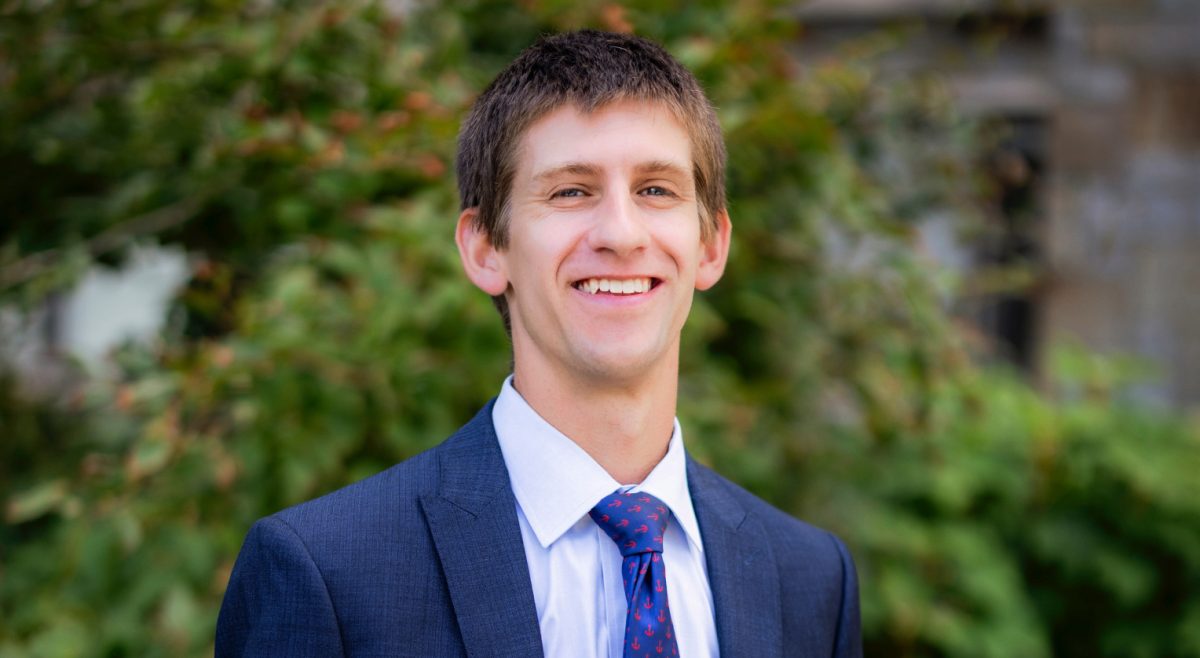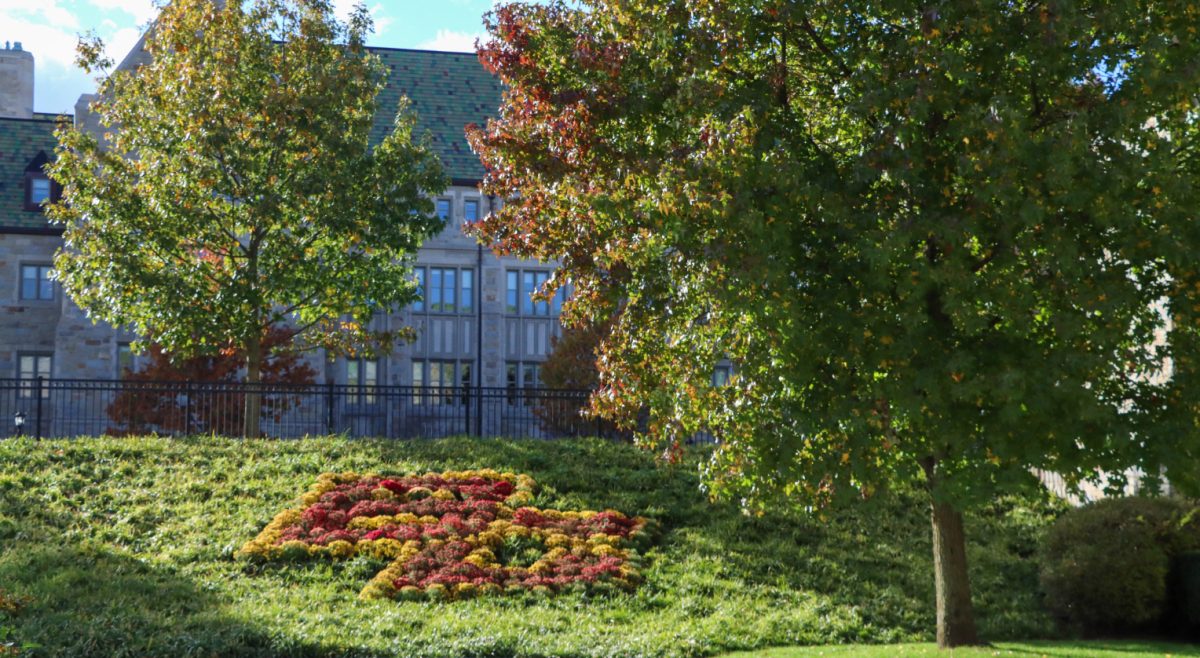As we approach the anniversary of #snowpocalypse2k15, Bostonians can’t help but wonder (read: worry) what 2016 may have in store. Memories of Juno and a snow-buried Boston resurfaced this week with news of winter storm Jonas sweeping the East Coast.
More than 33 million people were in a blizzard warning awaiting Jonas. The Associated Press reported 12,000 flight cancellations, up to 42 inches of snowfall, and at least 28 deaths related to the storm. Fourteen states received more than a foot of snow, and six states reported more than two feet. Jonas was Juno on a much larger scale, affecting millions of people from Massachusetts to Mississippi.
While temperatures lingered in the low 20s and students were forced to trudge through unplowed sidewalks on Saturday night, Boston came away relatively unscathed by Jonas.
Luckily, 2016 has yet to bring snow anywhere close to the amount we saw last year with winter storm Juno. During the snowpocalypse, The New England Classic hosted an epic snowball war, students cleaned out the shelves of Res, snow tunnels lined the streets, and BC miraculously had four snow days. Logan International Airport recorded 108.6 inches of snow—the most Boston has ever seen.
While it was fun to ‘darty’ in the dorms and build snow forts on an unplowed Comm. Ave., the snow posed many problems for the City of Boston. Frankie Ippolito, owner of Ippolito Snow Services, told The Heights last winter that we received the amount of snow we usually get in an entire winter in a span of just three or four weeks.
This sent Boston into a state of emergency. As The Heights reported last year, over 600 snowplows were put into action after Juno to try to clear the snow. The T was shut down, and Boston proved ill-equipped to handle the massive amount of snow that drowned the city.
Considering last year’s nightmare, it’s no wonder many New Englanders have been on edge this winter. While temperatures have been warmer on average, and CBS Boston reports that this winter will end up having slightly above-average temperatures in New England, the worst could still be yet to come. CBS predicts that the coldest and snowiest parts of winter will fall between mid-January and mid-March. The forecast calls for less than half the amount of snow we had last winter, with more snow and rain mixtures instead. All the more reason to head south for Spring Break, right?
However, if we do experience another snowpocalypse, the University is prepared.
“We are in frequent contact with local and national weather services, and we receive routine updates from the Massachusetts Emergency Management Agency in advance of and during storms,” Director of Public Safety and Chief of Police John King said in an email. “While last year’s storms were very challenging, the University was prepared and the campus community responded very well to the unusual weather.”
Though this is comforting, and the snow days are fun, let’s hope BC doesn’t pick up a #snowpocalypse geotag anytime soon.
Featured Image by Arthur Bailin / Heights Staff

